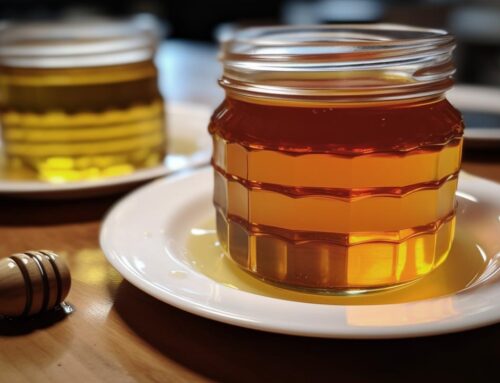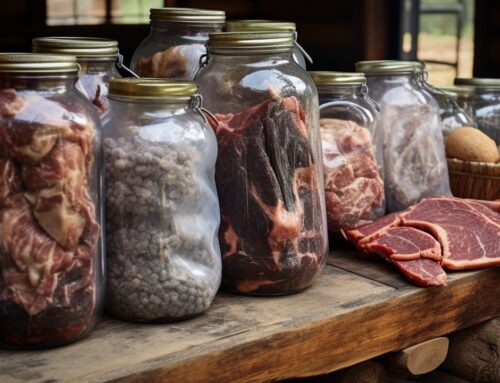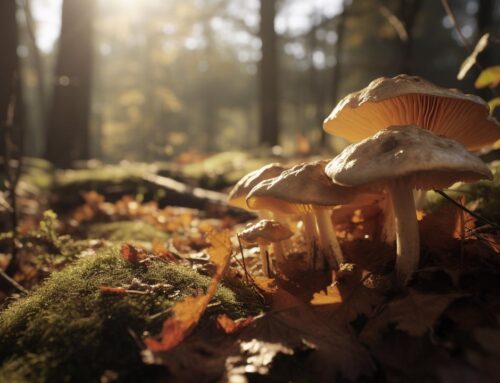Introduction to Food Preservation Off-Grid
Food preservation Off Grid is a time-honored practice, pivotal to human survival and culinary innovation. Its essence lies in extending the shelf life of food, ensuring a stable supply, and reducing wastage. Tracing back to ancient times, methods like salting, smoking, and drying were employed to keep food safe and nutritious for extended periods. In our modern era, these techniques have evolved and diversified, offering a plethora of options for the contemporary homesteader, gardener, or culinary enthusiast.

The art of preserving food at home has seen a resurgence, driven by desires for sustainability, health, and a connection to our culinary roots. From canning fruits to fermenting vegetables, the methods are as varied as the reasons people choose to engage in this rewarding practice.
Different Methods of Food Preservation
Minimal Processing – Root Cellars, Cool Storage, and Room Temperature Storage
In the realm of food preservation, simplicity often reigns supreme. Cool and room temperature storage offer straightforward, energy-efficient methods to extend the life of certain foods. Root cellars, an age-old concept, utilize the earth’s natural coolness and humidity to keep produce like potatoes, carrots, and apples fresh for months. Modern adaptations include unheated basements or even innovative in-ground storage solutions.

Root cellars are not just about utility; they connect us to a simpler time and encourage a deeper understanding of our food’s natural lifecycle.
Drying/Dehydrating
The sun’s rays have been harnessed for millennia to dry food, locking in flavor and nutrition without the need for refrigeration. Today, we have an array of tools at our disposal – from sophisticated dehydrators to the humble oven. Dried fruits, jerky, and even fruit leathers are not only practical but also create delicious, concentrated flavors.
Dehydrating food is an excellent way to make the most of a bountiful harvest or bulk purchases, transforming them into convenient, shelf-stable snacks and ingredients.

Canning – Water Bath, Steam, and Pressure Canning
Canning is a cornerstone of home food preservation. It’s a process steeped in science, where food is heat-processed in jars to create a vacuum seal that locks out spoilage organisms. Water bath canning is perfect for high-acid foods like fruits and tomatoes, while pressure canning is essential for low-acid items like meats and vegetables.
The rhythmic sound of canning lids ‘popping’ to seal is music to a preserver’s ears, signaling success and the promise of enjoying summer’s bounty even in the depths of winter.
Freezing
Freezing is perhaps the most accessible preservation method, requiring minimal equipment and offering maximum convenience. Vegetables often need blanching before freezing to halt enzyme activity, while fruits are best frozen fresh to maintain their texture and taste.
Whether it’s freezing berries for winter smoothies or storing batches of homemade soup, the freezer is a powerful tool in extending the life of your culinary creations.
Fermenting & Pickling
Fermenting is not just a method of preservation; it’s a magical process that transforms simple ingredients into complex, probiotic-rich foods. Vegetables like cabbage and cucumbers, when lacto-fermented, become gut-friendly staples such as sauerkraut and pickles. While fruits can be more challenging to ferment, there are delightful exceptions like kombucha and chutney.
Pickling, though similar in concept, uses vinegar as the primary preserving agent, creating a different but equally delectable range of preserved foods. From classic dill pickles to innovative brined vegetables, pickling adds zesty flavors to any meal.

Making Jam, Jelly, and Spreads
There’s something deeply satisfying about transforming seasonal fruits into jams, jellies, and spreads. This process, which combines fruit with sugar and pectin, not only preserves the fruit but also concentrates its flavors, creating delicious additions to your pantry.
Learning the proper techniques for jam and jelly making ensures not just great taste but also safety, as preserving the integrity of these spreads is crucial. Whether you’re making strawberry jam or apple butter, the process allows for creativity and a deep connection to the fruits of your labor.
Safety and Storage
While preserving food at home is rewarding, it’s paramount to prioritize safety and proper storage. Adhering to recommended guidelines and tested recipes is crucial to prevent foodborne illnesses. For example, understanding the science behind canning ensures that harmful bacteria are eliminated, while correct storage methods extend the shelf life of your preserved goods.
Dispelling myths and unsafe practices is also essential. For instance, modern canning methods have evolved significantly, emphasizing the importance of using the right sugar levels and sealing techniques to ensure food safety.
Frequently Asked Questions
Final Thoughts
As we conclude our journey through the art and science of food preservation, it’s evident that this age-old practice is more than just a means to extend the shelf life of our food. It’s a pathway to sustainability, a bridge to our culinary heritage, and a practical approach to reducing food waste.
Whether you’re a seasoned home chef or a beginner in the kitchen, the world of food preservation offers endless possibilities to explore. From the simple joy of freezing summer berries to the satisfaction of opening a jar of home-canned tomatoes in winter, each method brings its unique rewards.
Remember, food preservation is not just about following recipes; it’s about understanding the processes that keep food safe and delicious. As you embark on your food preservation journey, embrace both the successes and the learning experiences. Experiment with different techniques, find what works best for your lifestyle, and most importantly, enjoy the fruits (and vegetables) of your labor.
In an era where convenience often overshadows tradition, taking the time to preserve food at home is a meaningful way to connect with our food sources and nourish ourselves and our families. So, we encourage you to start small, be mindful of safety guidelines, and let your culinary creativity flourish.
Happy preserving!







Leave A Comment